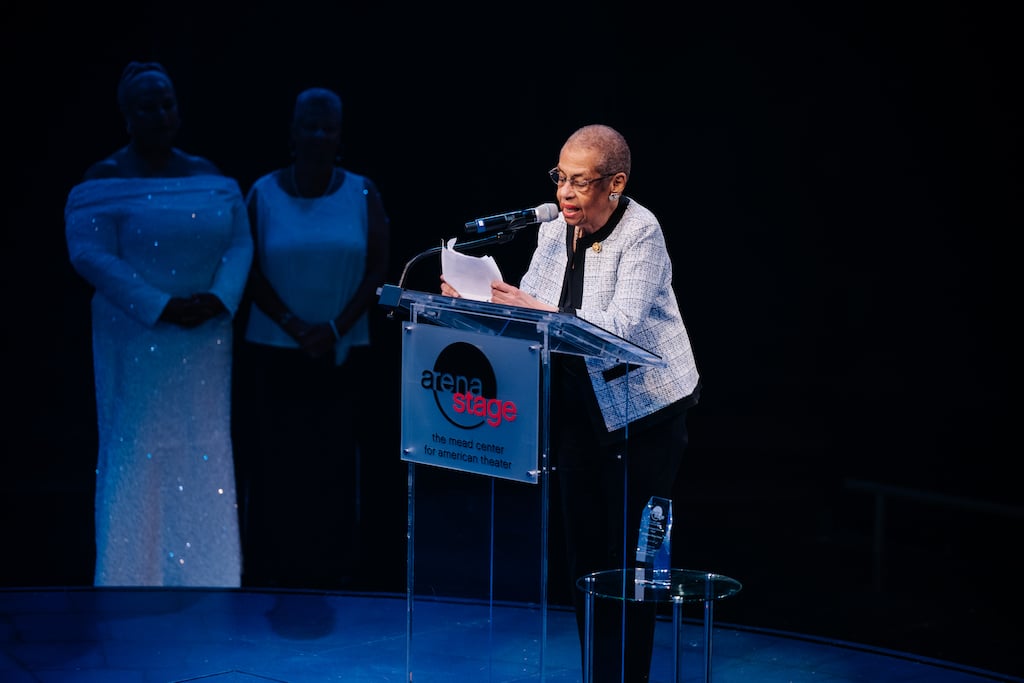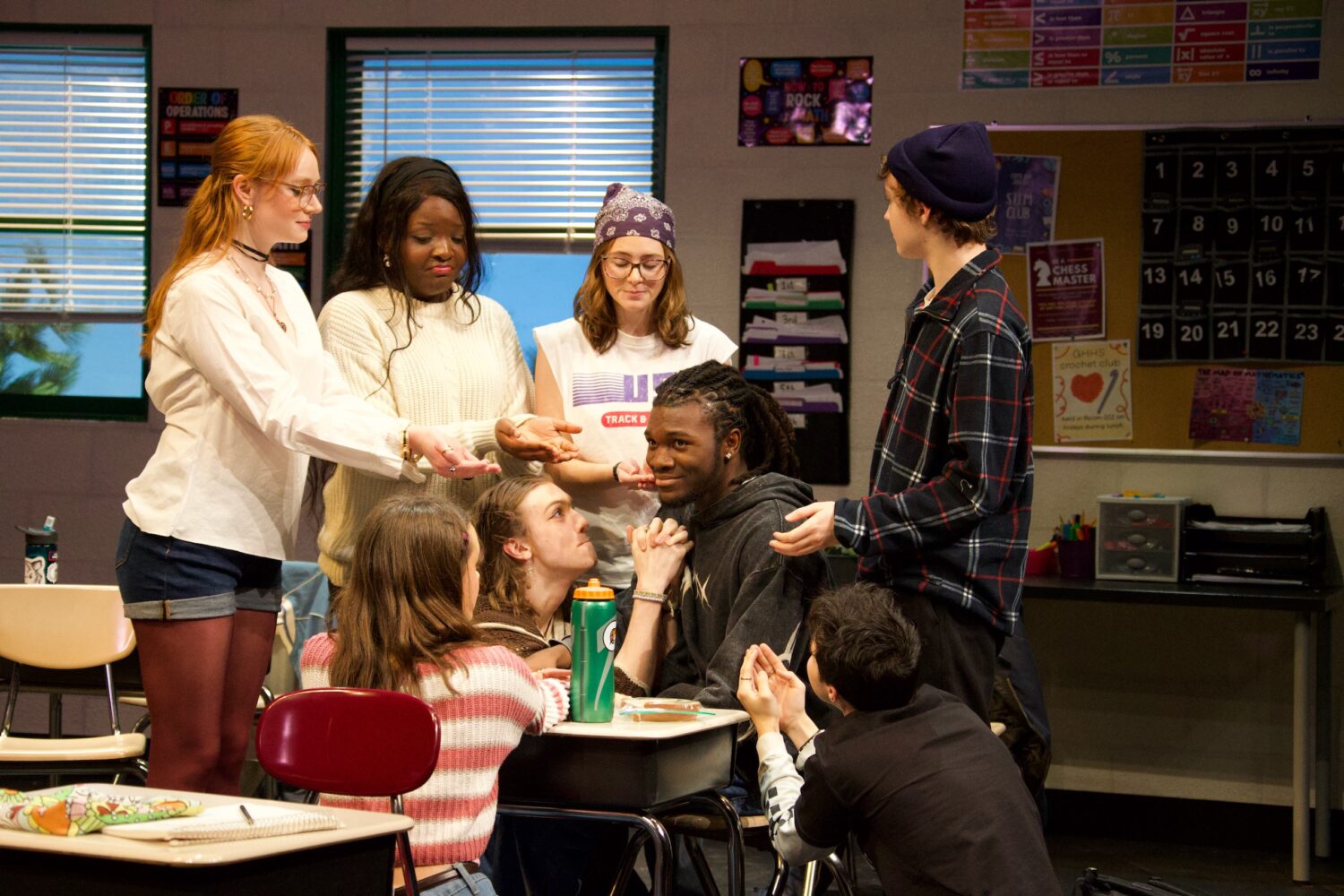Theater J
The change: During his 18-year tenure, Ari Roth built it into a nationally recognized Jewish institution, but he was fired in 2014 amid controversy over plays that were critical of Israel. Adam Immerwahr took over as artistic director in 2015.
The impact: Productions have since been far less provocative, for better or worse.
Studio Theatre
The change: David Muse took over as artistic director after legendary founder Joy Zinoman retired in 2010.
The impact: While Studio’s previous focus tended toward well-received plays imported from elsewhere, Muse has emphasized successful new works.
Round House Theatre
The change: After artistic director Blake Robison left in 2012, Ryan Rilette came aboard to lead.
The impact: Rilette has moved away from the literary adaptations favored by his predecessor and has also introduced pre- and post-show discussions with cast members.
Woolly Mammoth Theatre Company
The change: Nearly 40 years after he cofounded the theater, Howard Shalwitz will retire at the end of the 2018 season. His successor hasn’t been named.
The impact: The theater community is eager to see who will step in to lead this vital center of experimentation.
Olney Theatre Center
The change: Artistic director Jim Petosa left in 2012. His successor lasted just seven months, and Jason Loewith took over in 2013.
The impact: Loewith has won praise for upping the level of programming with the likes of last year’s Thurgood.
Shakespeare Theatre Company
The change: Michael Kahn, who has greatly expanded STC over his 32 years of leadership, plans to leave in 2019.
The impact: Whoever gets cast in the role of artistic director will have to find new ways to keep people excited about old plays.
This article appears in the February 2018 issue of Washingtonian.

















